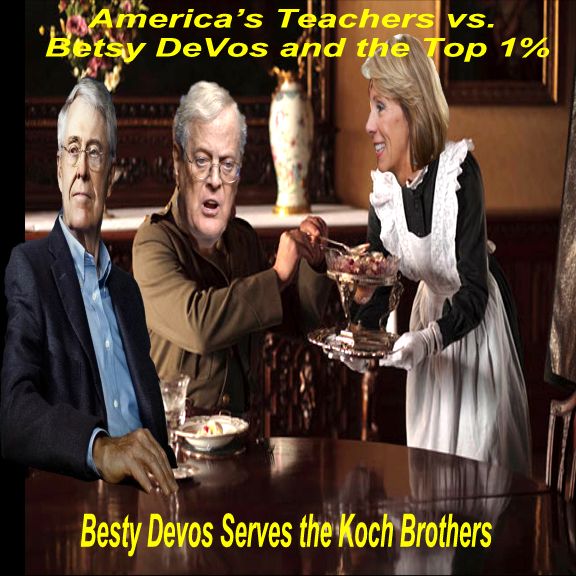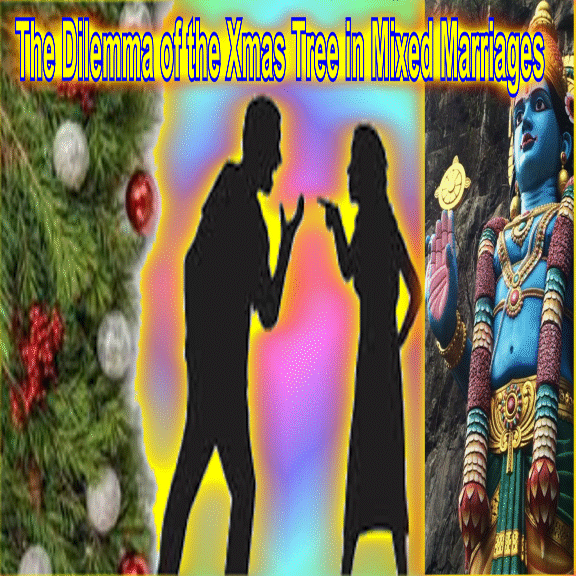Sights and Sounds of the Season and The Importance of the Arts in Public Schools
This is a good time to think about the arts. The visuals and sounds of the holidays, art, music, and drama, surround us. It’s a reminder that children need access to learning about the arts in public schools.
The arts help children learn in academic areas. They keep children interested in school. The arts alone are important to learning and might lead to a career. Here’s a list of art jobs.
I recently watched the movie Elf. Afterwards, they showed how they made the movie. Those involved in creating the unusual set, the props, and ambience described how they created illusion on the set. From designers and make-up artists, to the music and the sounds that make the movie unique, everyone had special preparation.
Set designers understood the importance of color. They knew how to calculate the CONTINUE READING: Sights and Sounds of the Season and The Importance of the Arts in Public Schools




















